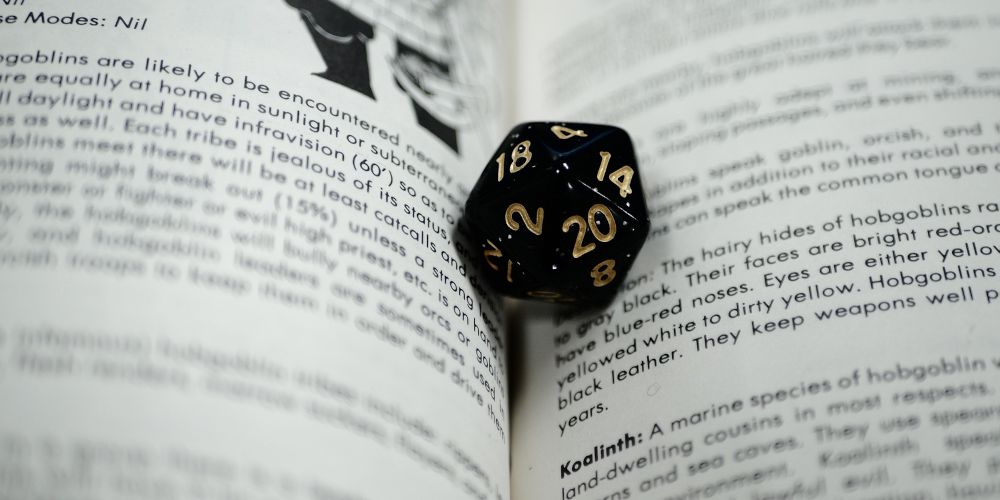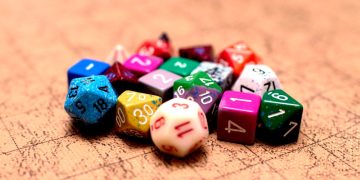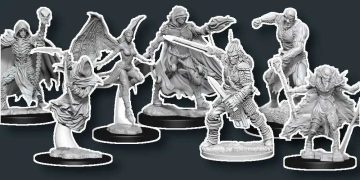Dungeon masters for D&D have a tough job. The 5th Edition of the D&D Player's Handbook is packed full of rules to learn in order to make the game as seamless and smooth and fun as possible.
However, one of the central principles of DMing has always been to adapt the rules and make the game work best for your table. That's where D&D house rules come in!
The "Rules as Written" (often shortened to RAW) are merely a starting point for any DM looking to craft the perfect tabletop experience for their specific group of players.
And that's why, over the years, many dungeon masters have come up with their own house rules to customize the D&D experience for their own tables with their own needs and wants.
We can't list every house rule ever invented—there are too many to put into one article, and we don't know every single one—but here are some of the best D&D house rules I've used and found useful!
House Rule 1: Mass Mob Swarms
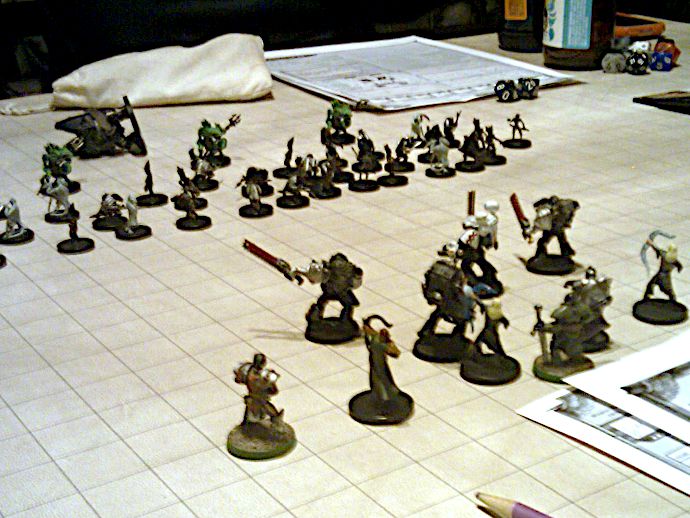
When you have a mob of low-level enemies, consider combining them into a "swarm" that has a shared HP pool and multiple attacks based on how many creatures are in the swarm.
For example, if you have 10 Guards trying to subdue the party and each Guard has 10 HP, you might represent them using a single creature called "Swarm of Guards" who has 100 HP and 10 attacks per round. (These attacks can happen on a single initiative or be scattered through the round as appropriate.)
Not only is this a lot easier for you to track as a DM, but it results in a more formidable opponent for your players!
Optional variant:
When the party deals enough damage to eliminate one of the creatures in the swarm, reduce the swarm's number of attacks by 1 to represent their weakening numbers.
Using the Guard example above, for every 10 points of damage taken, the Swarm of Guards makes 1 fewer attack per round.
House Rule 2: Transmute Starting Stats
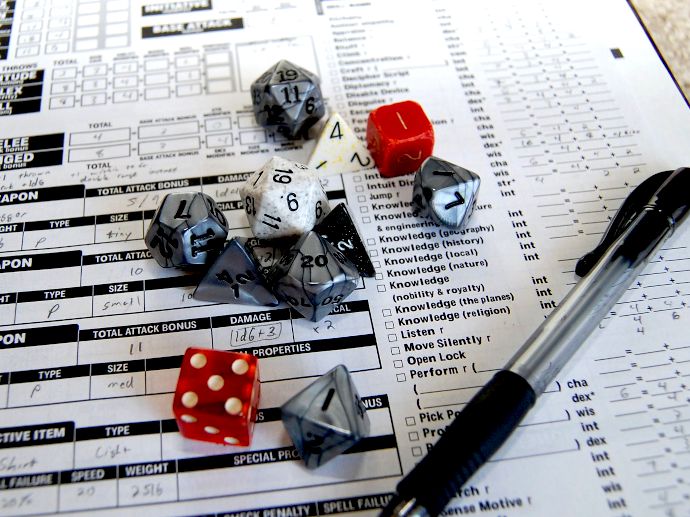
Most D&D players go into character creation with an idea of what kind of character they want to play.
If your table is using a standard array system or a point-buy system to choose character starting stats, then players have enough control to ensure their character has the stats to do what they want to do.
But what happens if your table is rolling dice for starting stats and your players are unhappy with how their key stats came out?
This D&D house rule allows a player to decrease one starting stat by two points in order to increase another starting stat by one point, effectively sacrificing one attribute to become better at another.
A player creating a Bard might choose to take a dip in Strength in order to boost Charisma, deciding it's OK to hamper their physical abilities if that means they can be a better spellcaster.
Optional variant:
Only let players do this once. This prevents someone from trashing all of their physical attributes to max out their spellcasting ability, or throwing away all of their intelligence for exceptional strength.
House Rule 3: Choose Racial Stat Bonuses
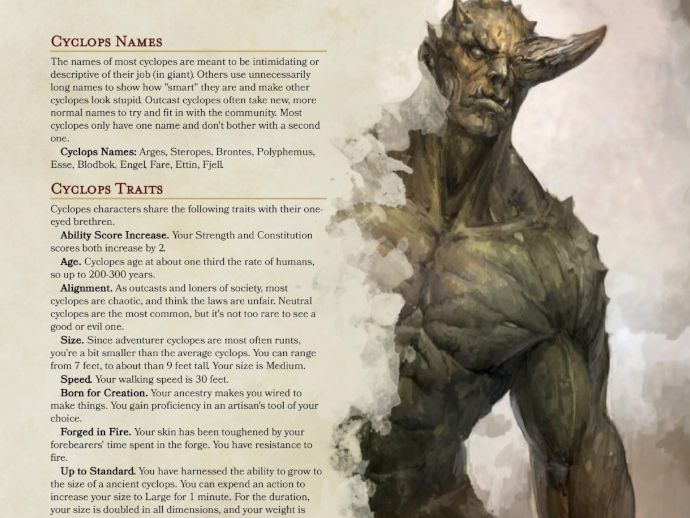
D&D has had a sketchy relationship with race from its earliest incarnations, and it's a problem that has—rightfully so—gotten more and more attention in recent years.
In 5th Edition D&D, a player's choice of race has a large influence on their starting stats. For example, Half-Orcs are given a +2 bonus to Strength and a +1 bonus to Constitution, which reinforces their stereotype of being lumbering brutes.
This D&D house rule allows players to choose which stats receive their racial bonuses, as long as they choose different stats for each bonus and stay below the individual stat cap of 20.
For example, a player creating a Half-Orc may choose to apply their +2 and +1 bonuses to Charisma and Intelligence, respectively.
This flexibility means that any race can succeed at any class, opening up a wider variety of characters and roles—not only within a given party, but also within each race's cultures.
House Rule 4: Secret Death Saves
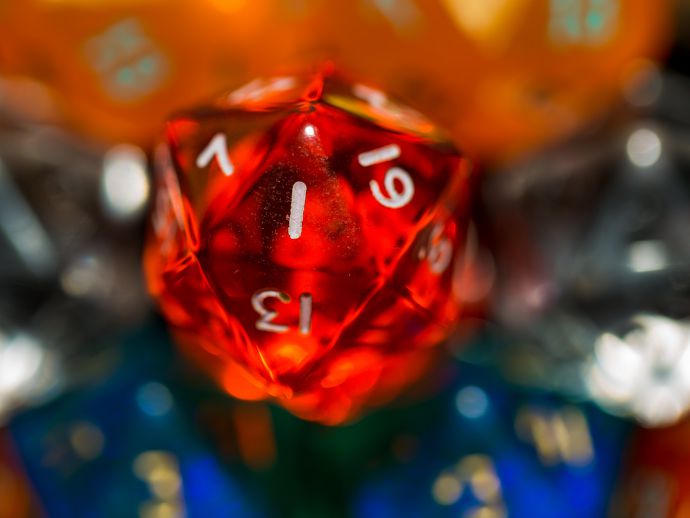
"Death save" rolls happen when a character reaches 0 HP: they fall unconscious and must roll a d20 on each of their subsequent turns. On each turn's roll, a 10+ is a pass while anything below a 10 is a fail.
With three passing death saves, the character remains unconscious but no longer has to roll any more death saves. With three failing death saves, the character permanently dies.
Normally, death saving throws are made publicly so the party knows how close their comrade is to death. This D&D house rule makes all death saving throws secret between the player and the DM.
The result is increased tension among the other party members, who no longer have a perfect indication of how many rounds they can postpone before saving their comrade. Oh, the suspense!
Optional variant:
Have the DM roll the death saving throw in secret so that even the player of the unconscious character doesn't even know!
No Right or Wrong D&D House Rules
The important thing with any D&D house rule is that it should only be used if it increases the overall fun for the players at the table.
Some of these house rules might do that for you and your group. Others might make the game too stressful, too lenient, or too unfamiliar, and those are all perfectly valid reasons to reject any house rule.
The beautiful thing about tabletop gaming is that you can twist and change the rules to whatever works best for your group. There are no right rules and no wrong rules—only fun rules.
